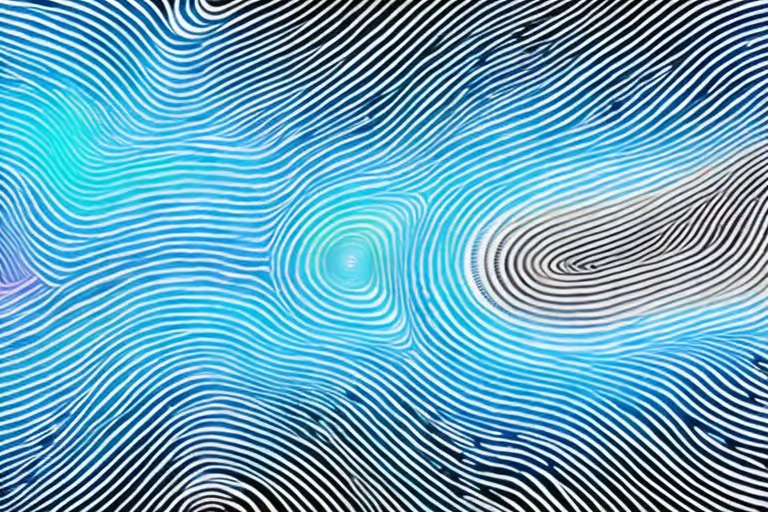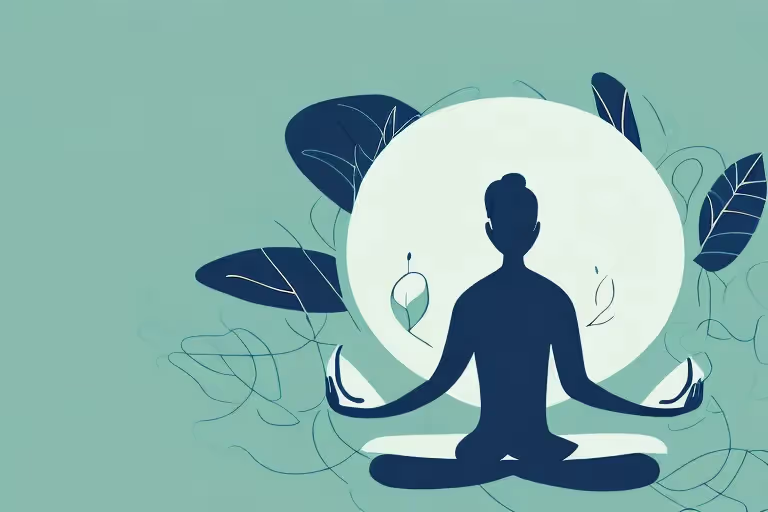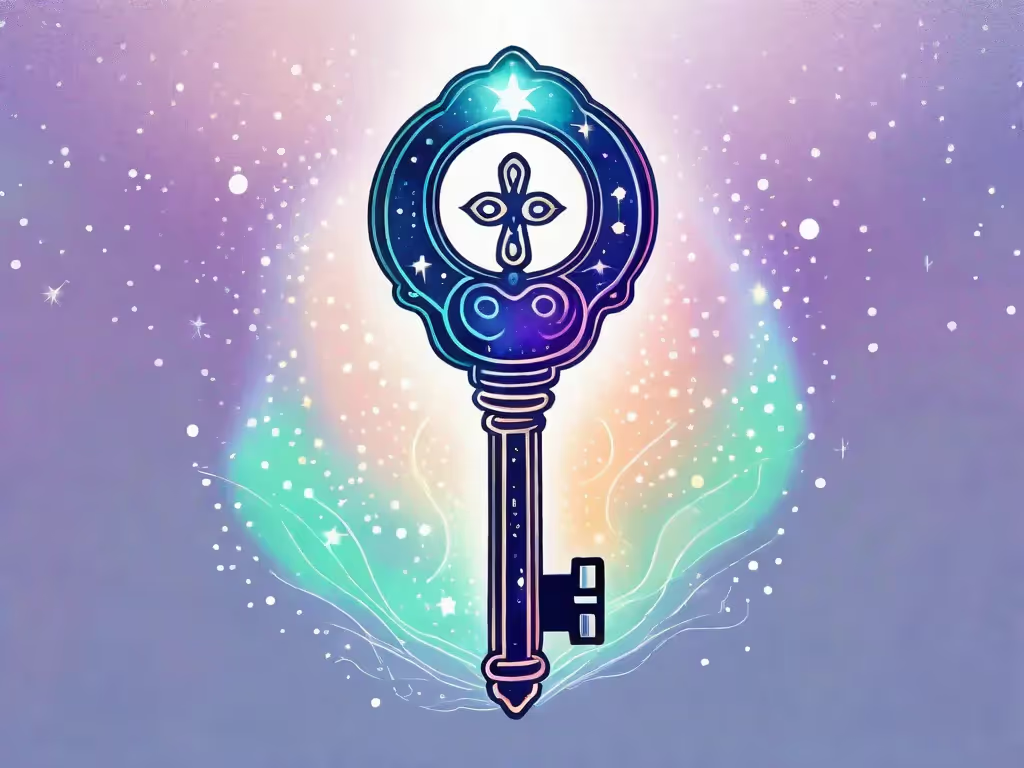In recent years, there has been a growing interest in the concept of Solfeggio Frequencies and their alleged benefits on our well-being. Solfeggio Frequencies are a set of musical tones that are believed to have various effects on the mind and body. However, the legitimacy of these frequencies has been a subject of debate among scientists, musicians, and alternative medicine practitioners. In this article, we will explore the history, science, controversy, and potential role of Solfeggio Frequencies in music and healing.
Understanding the Concept of Solfeggio Frequencies
Solfeggio Frequencies, also known as the "frequency of the soul," are a set of ancient musical tones that date back to the Gregorian chants of the 11th century. These tones were believed to possess mystical and healing properties, with each frequency associated with specific benefits for the mind, body, and spirit.
Delving deeper into the fascinating world of Solfeggio Frequencies, we discover a rich tapestry of history, spirituality, and scientific inquiry. Let us embark on a journey to explore the origins, significance, and potential impact of these mystical frequencies.
The History and Origin of Solfeggio Frequencies
The origins of Solfeggio Frequencies can be traced back to Guido d'Arezzo, an Italian monk and musician. In the 11th century, d'Arezzo developed a system of solmization, which later evolved into the modern-day Solfege system. This system involved assigning syllables to musical notes, allowing for easier vocalization and memorization of melodies.
Centuries later, in the late 20th century, the specific frequencies commonly associated with Solfeggio Frequencies were supposedly rediscovered by Dr. Joseph Puleo. According to Puleo, he stumbled upon an ancient manuscript in a monastery library that contained references to these frequencies and their healing properties.
The manuscript, known as the "Book of Numbers," allegedly provided Puleo with the key to unlocking the power of Solfeggio Frequencies. It claimed that each frequency had unique effects on the mind, body, and spirit, offering a pathway to holistic well-being and spiritual enlightenment.
The Science Behind Solfeggio Frequencies
While the historical and spiritual significance of Solfeggio Frequencies is intriguing, the scientific evidence supporting their alleged healing properties is sparse. Many proponents claim that these frequencies can stimulate the release of beneficial neurotransmitters, promote relaxation, and even have an impact on cellular regeneration.
However, it is important to note that most of these claims are anecdotal and lack rigorous scientific studies. The scientific community remains divided on the efficacy of Solfeggio Frequencies, with some dismissing them as pseudoscience while others continue to explore their potential benefits.
Despite the lack of concrete scientific evidence, the allure of Solfeggio Frequencies persists. Many individuals find solace and tranquility in listening to these ancient tones, whether for meditation, relaxation, or simply for the sheer beauty of the music.
As we continue to unravel the mysteries of Solfeggio Frequencies, it is crucial to approach them with an open mind and a critical eye. Whether you believe in their healing properties or not, there is no denying the profound impact that music has on our emotions, well-being, and spiritual connection.
The Controversy Surrounding Solfeggio Frequencies
Despite the enthusiasm of believers, Solfeggio Frequencies have faced criticism and skepticism from various quarters. However, delving deeper into the subject reveals a complex and multifaceted debate.
Skepticism and Criticisms
Skeptics argue that the positive effects experienced by individuals might be due to a placebo effect or simply the result of relaxation techniques associated with listening to soothing music. While it is true that relaxation techniques can have a profound impact on one's well-being, proponents of Solfeggio Frequencies contend that there is more to these frequencies than meets the eye.
One of the main criticisms leveled against Solfeggio Frequencies is the lack of controlled scientific studies that can conclusively prove their efficacy. Skeptics emphasize the need for rigorous research that adheres to scientific protocols and can provide undeniable evidence of the frequencies' healing properties.
Moreover, skeptics argue that the concept of Solfeggio Frequencies is rooted in ancient mysticism and pseudoscience, making it difficult to validate their claims through conventional scientific methods. They question the validity of the historical origins of these frequencies and their alleged connection to the Gregorian chants.
Claims and Counterclaims
On the other hand, proponents of Solfeggio Frequencies defend their efficacy, pointing to the numerous testimonials from individuals who claim to have experienced profound healing effects. These proponents argue that the frequencies have the power to realign and balance the body's energy, leading to improved physical, emotional, and spiritual well-being.
Supporters of Solfeggio Frequencies believe that the frequencies resonate with the natural vibrations of the universe, tapping into the fundamental harmonies that govern the cosmos. They argue that the human body is composed of energy, and by exposing oneself to these specific frequencies, one can restore balance and harmony to their energetic system.
Furthermore, proponents of Solfeggio Frequencies highlight the historical significance of these tones, tracing their origins back to ancient civilizations such as Egypt and India. They argue that these frequencies have been used for centuries as a form of sound therapy, and their efficacy has been passed down through generations.
While the controversy surrounding Solfeggio Frequencies continues, it is clear that there is a need for further exploration and scientific investigation. Only through rigorous research and an open-minded approach can we determine the true potential and impact of these frequencies on human well-being.
The Role of Solfeggio Frequencies in Music and Healing
In addition to their historical significance and alleged healing properties, Solfeggio Frequencies also find a place in the realms of music theory and alternative medicine.
Let's delve deeper into the fascinating world of Solfeggio Frequencies and explore their significance in both music theory and alternative medicine.
Solfeggio Frequencies in Music Theory
Music theorists often use Solfeggio Frequencies as a reference point for understanding the mathematical and harmonic relationships between different tones and musical structures. These frequencies, also known as the ancient solfeggio scale, consist of six primary frequencies:
- 396 Hz - Liberating Guilt and Fear
- 417 Hz - Undoing Situations and Facilitating Change
- 528 Hz - Transformation and Miracles (DNA Repair)
- 639 Hz - Connecting/Relationships
- 741 Hz - Expression/Solutions
- 852 Hz - Returning to Spiritual Order
By understanding the relationship between these frequencies, musicians can create compositions that evoke specific emotions and moods. For example, the 528 Hz frequency, known as the "miracle tone," is believed to have the power to repair damaged DNA and promote healing.
Furthermore, Solfeggio Frequencies can be used as a tool for composition, improvisation, and understanding the emotional impact of specific musical intervals. By incorporating these frequencies into their music, composers can create harmonious and resonant compositions that have a profound effect on the listener.
Solfeggio Frequencies in Alternative Medicine
In alternative medicine, Solfeggio Frequencies are incorporated into various healing modalities such as sound therapy, meditation, and energy healing practices. Advocates believe that these frequencies can help restore balance, reduce stress, and promote overall well-being.
Sound therapy, also known as vibrational medicine, utilizes the healing power of sound to promote physical, emotional, and spiritual well-being. By listening to or vibrating at specific Solfeggio Frequencies, individuals can experience a sense of deep relaxation, stress reduction, and even relief from physical ailments.
In meditation practices, Solfeggio Frequencies are often used as a focal point to enhance the meditative experience. The soothing vibrations of these frequencies can help quiet the mind, deepen relaxation, and facilitate a state of inner peace and tranquility.
Energy healing practices, such as Reiki and acupuncture, also incorporate Solfeggio Frequencies to balance and harmonize the body's energy systems. It is believed that these frequencies can help remove energetic blockages, restore the flow of vital energy, and promote overall health and well-being.
Overall, the use of Solfeggio Frequencies in alternative medicine offers a holistic approach to healing, addressing the physical, emotional, and energetic aspects of an individual's well-being.
Scientific Studies on Solfeggio Frequencies
While there is limited scientific research on the specific effects of Solfeggio Frequencies, some studies have explored related concepts and sound therapy in general.
Validated Effects of Solfeggio Frequencies
A few studies have suggested that certain frequencies within the Solfeggio range can induce a state of relaxation, which in turn may have positive effects on mental health and well-being. However, these studies are preliminary and need further validation.
Unproven Theories and Lack of Evidence
It is important to note that most of the claims made regarding Solfeggio Frequencies lack rigorous scientific validation. While anecdotal reports and personal experiences are compelling, scientific evidence is needed to establish the legitimacy and efficacy of these frequencies.
Personal Experiences and Anecdotal Evidence
Despite the lack of scientific consensus, many individuals have reported positive experiences with Solfeggio Frequencies.
Testimonials from Users
Advocates of Solfeggio Frequencies often share testimonials from individuals who claim to have experienced various physical and emotional benefits after incorporating these frequencies into their daily lives. However, it is important to approach such testimonials with caution, as personal experiences can vary greatly.
Placebo Effect or Real Impact?
One possible explanation for the reported effects of Solfeggio Frequencies is the placebo effect, whereby a person perceives an improvement in their well-being due to their beliefs and expectations rather than the actual frequencies themselves. In order to determine the true impact of these frequencies, further research is needed.
In conclusion, the legitimacy of Solfeggio Frequencies remains a subject of debate and skepticism. While they have a rich historical background and are widely embraced by alternative medicine practitioners, the scientific evidence supporting their alleged healing properties is limited. It is important to approach these frequencies with scientific scrutiny and not solely rely on anecdotal evidence. As research continues to unfold, it is essential to remain open-minded and explore the potential benefits of sound therapy in conjunction with other evidence-based approaches to well-being.
For those interested in exploring the potential benefits of Solfeggio Frequencies and sound therapy, the Aura Health App offers a comprehensive range of resources and guided sessions. With its user-friendly interface and evidence-based approach, the app can be a valuable addition to one's wellness journey. Download the Aura Health App today and embark on a path to holistic well-being.
Aura is Your All In One App for Meditation, Mindfulness Wellbeing
Find peace every day with one app for your whole well-being. There is no one-size-fits-all solution to mental well-being. Aura is the first all-in-one wellness app that learns how to best help you. Discover an endless library of expert-created tracks for your well-being, all taught by the world’s best coaches, therapists, and storytellers. With Aura's personalized recommendations, you can find peace every morning, day and night.



.webp)






.avif)

%20(1).avif)


.avif)
.avif)
.webp)


.avif)


















































































































.avif)

















.svg)









